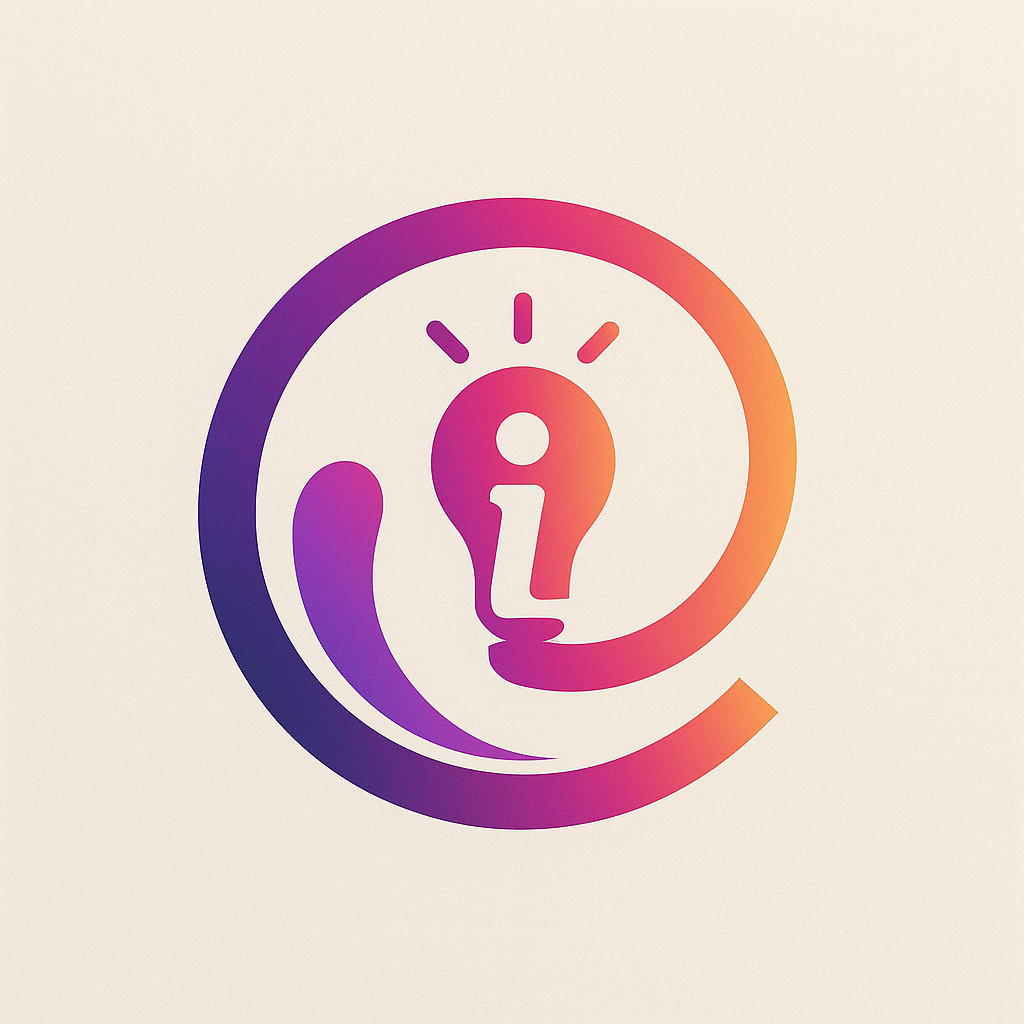 From an idea taking shape in Steve Jobs’s garage to becoming a household name worldwide, Apple is one of the most iconic tech giants in the industry. Throughout their existence, the company has prioritized creativity and user experience. This resulted in a long and rich history of devices that offered intuitive design while striking a balance between form and function.
From an idea taking shape in Steve Jobs’s garage to becoming a household name worldwide, Apple is one of the most iconic tech giants in the industry. Throughout their existence, the company has prioritized creativity and user experience. This resulted in a long and rich history of devices that offered intuitive design while striking a balance between form and function.
One of the most iconic Apple products is the MacBook. With its current sleek and minimalist design that houses powerful technology, the evolution of the MacBook has been a result of Apple’s dedication to improvement.
PowerBook: The Predecessor
In 1991, Apple debuted its first attempt at laptop technology—the PowerBook. It offered a number of notable features, such as a setback keyboard, spacing for palm rests, and a front-and-center trackball that was usable by both left- and right-hand users.
In the next 15 years, the PowerBook continued to change, as Apple pushed the limits of its innovation. These changes would slowly but surely lead up to the features that have become the hallmarks of the MacBooks people know today.
When the PowerBook line was discontinued, it was then that the first MacBook made its debut. The 2006 laptop was powered by an Intel processor, a first for portable Mac computers. The first MacBook also boasted of a 15-inch screen, dual-core processor, backlit keyboard, brighter display, scrolling trackpad, and a built-in iSight webcam.
This was a clear upgrade for many Apple users, as the MacBook outperformed its predecessor, the PowerBook G4, by almost four times over.
True to their nature of innovation, Apple continued their work on the MacBook, debuting the MacBook Air in 2008. At the time of its release, the MacBook Air was the world’s thinnest laptop. This design marvel was marketed to be thin enough to fit inside a Manila envelope.
MacBook: Innovating Every Time
In that same year, Apple also released the 2nd Gen MacBook Pro. The 2nd Gen MacBook Pro was the first to sport the now-iconic aluminum unibody design. Other upgrades included a clickable multitouch trackpad with support for two, three, and four-finger gestures.
Bundling these benefits together with eco-friendly components, and next-level graphic displays, this model cemented its status as Apple’s best-seller.
The 3rd Gen MacBook Pro entered the 2012 computer market with a game-changing feature: Retina display. What set the Retina display different from other display formats was its ability to accommodate a higher pixel density, therefore raising the screen resolution to the highest possible form, at the time of release.
This gave artists and creatives access to crisper, more defined text, graphics, and images on their devices.
Following Apple’s announcement for the 2020 MacBook Pro, the long-standing legacy of innovations and upgrades continues. With newer, sturdier keyboard mechanisms, a supposed mini-LED display, native 5G connectivity support, and the processing power of Intel’s 10th generation chips, the expectations are high for the future of the MacBook line.
As technology continues to improve, the market will only settle for the best of the best. Given how far Apple’s MacBook has come, tech enthusiasts and Apple fans can hope there is nowhere to go but up.





